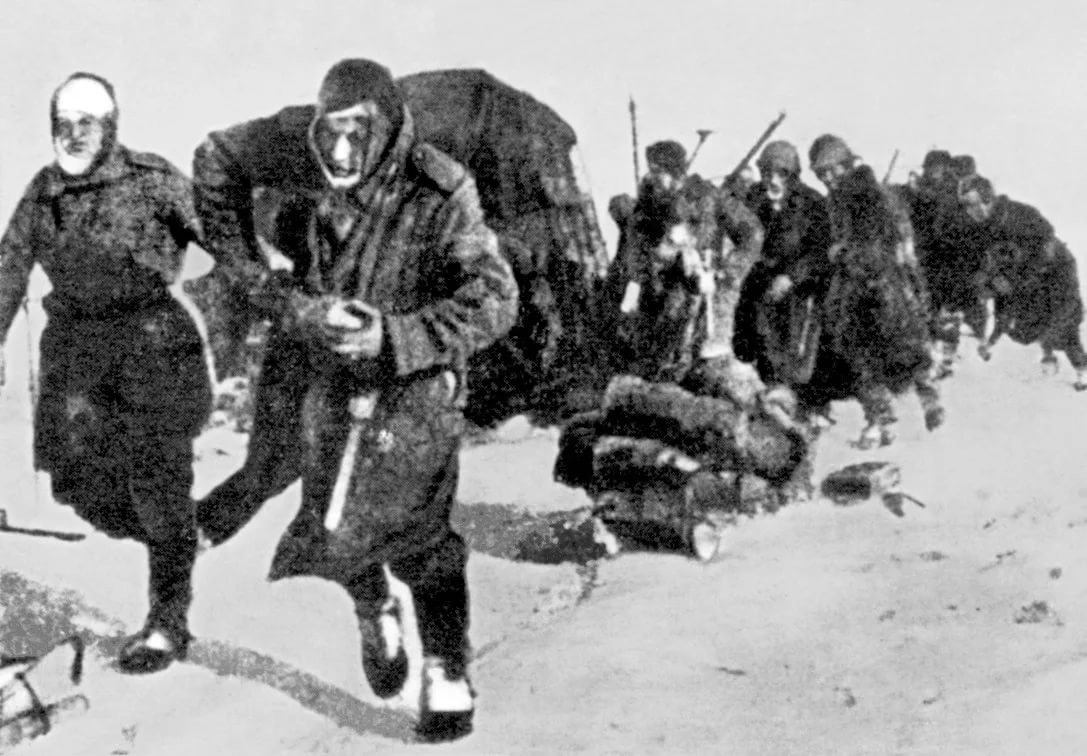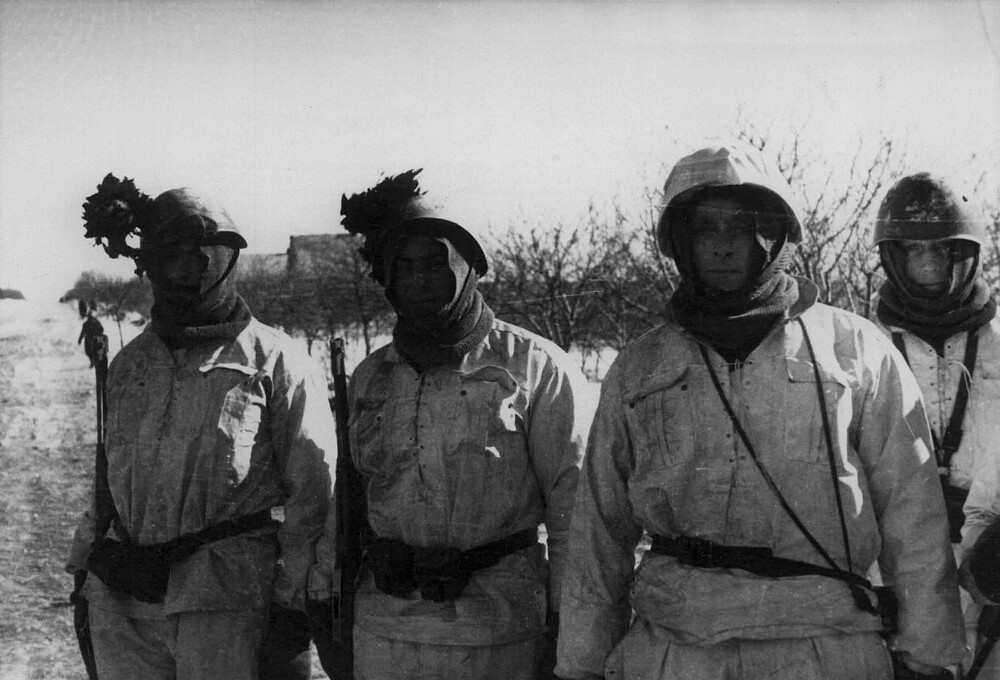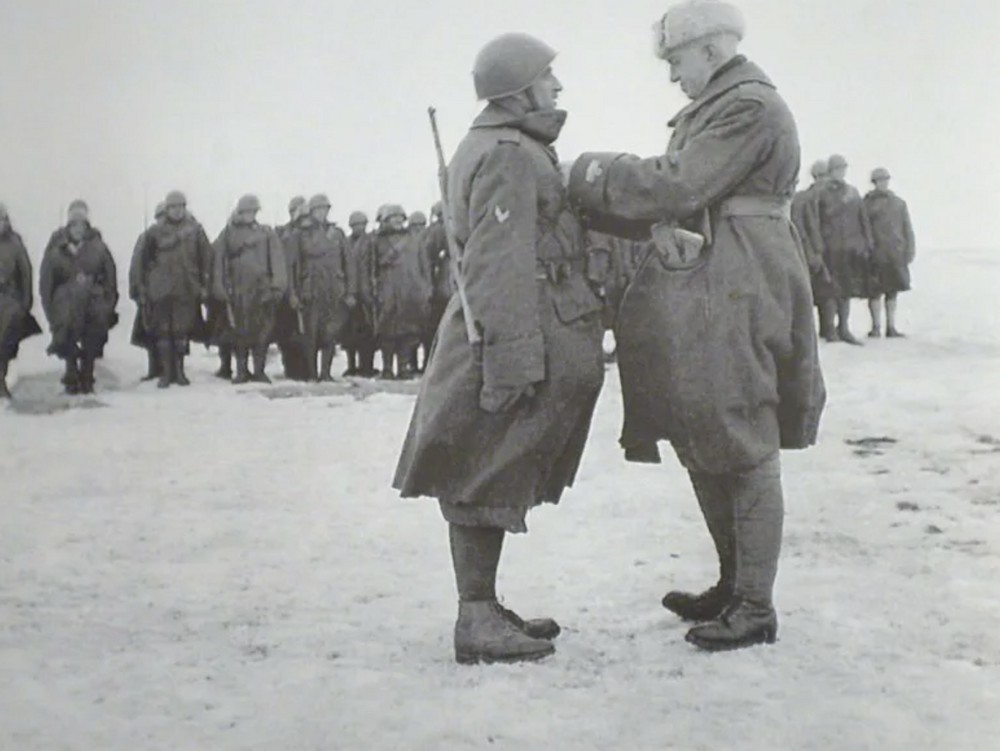Stalingrado e 77 italiani
So, a new Italian event could be in Stalingrad maps. Why? Check this out!
From September 1942, the Sixth Army, the largest unit in the German army, numbering nearly half a million men, was concentrated in the small space of the city on the Volga, in an effort to conquer the west bank with a series of powerful thrusts. The Russians held a narrow strip of land along the bank and brought reinforcements across the river. As German troops concentrated in Stalingrad, their flanks became increasingly weak, until, by November 1942, only the troops of their poorly armed Romanian allies protected the flanks of the German Sixth Army.
The Italians were further west, alongside the Romanians and far from Stalingrad, in an area that had been quiet until then. There were about two hundred thousand of them, wearing hobnailed snow boots that let water seep in and froze their feet. However, they had several trucks, and while in Stalingrad the Germans were fighting street by street (they called it the Rattenkrieg , the rat war), the Italian front remained quiet. So, in mid-November, a group of those trucks was sent to Stalingrad with the task of delivering fuel and ammunition and collecting wooden planks to build underground bunkers in preparation for the winter cold.
A few days after the expedition’s departure, the Russians launched an offensive against Stalingrad’s weak Romanian-held flanks. It was November 19th. The goal was to encircle all 300,000 Germans fighting in the city and its outskirts. The attack succeeded, and three days after the offensive began, on November 22nd, Russian tanks met in a village south of Stalingrad, completing the encirclement. The 77 Italian soldiers had approached Stalingrad just in time to be trapped.
They were aged between 20 and 34, almost all of them had received a postcard, one of them a volunteer. They were “autieri,” that is, logistics men: they handled transport, not fighting on the front lines. One of the first times their case appeared in a history book was in Stalingrad , by Antony Beevor, in 1998, but the most in-depth historical research on them was carried out by an Italian, Alfio Caruso, in his book We Die in Stalingrad , in 2006. Caruso sought out the relatives of those 77 Italians, interviewed them, and reconstructed a large mass of historical documents ( you can read the first chapter of the book here ).
The siege lasted from November 22, 1942, to February 2, 1943. The Germans attempted to resupply the trapped troops with an airlift, but neither the food nor the ammunition delivered was sufficient. Inside the Kessel —which means “pocket,” but also “cauldron”—the trapped Germans were dying of hunger and cold, as well as bombs and bullets. For months, the Russians slowly tightened the encirclement, until, by the end of January, the Germans controlled only a few neighborhoods of Stalingrad.
Hitler had ordered resistance to the last bullet, but it wasn’t an order widely obeyed. When the last Germans surrendered on February 2nd, the Russians had 22 generals among their prisoners (“If they think I’ll shoot myself in the head for that little Bohemian corporal, they’re very much mistaken,” German commander Friedrich Paulus had said, referring to Hitler).
In total, about 130,000 Italians were surrounded during the Soviet offensive at Stalingrad. About 20,800 soldiers died in battle, 64,000 were captured and 45,000 Italians were lucky to escape.
So, shall we bring a new event for Italia in Stalingrad?
- Yes
- No



